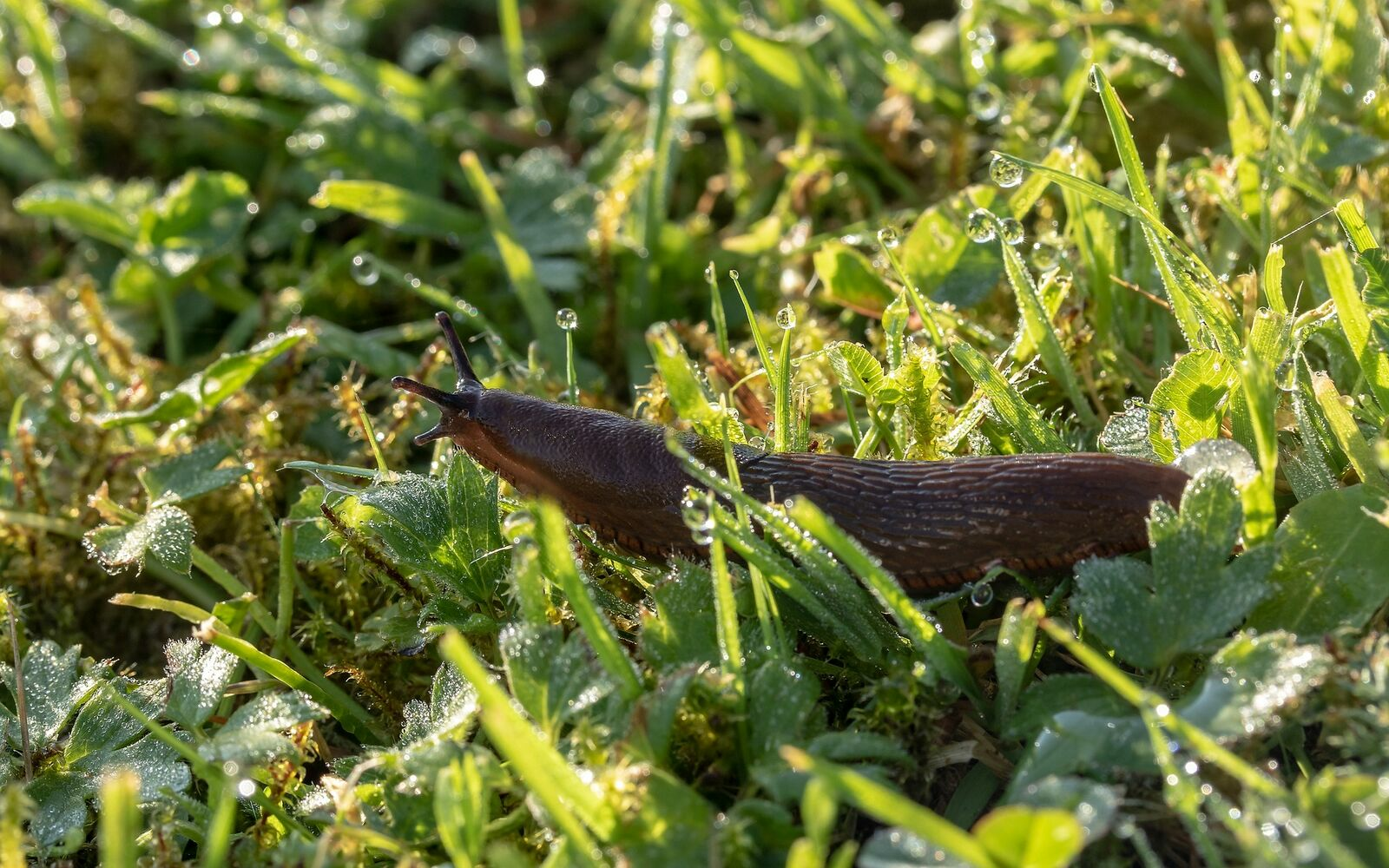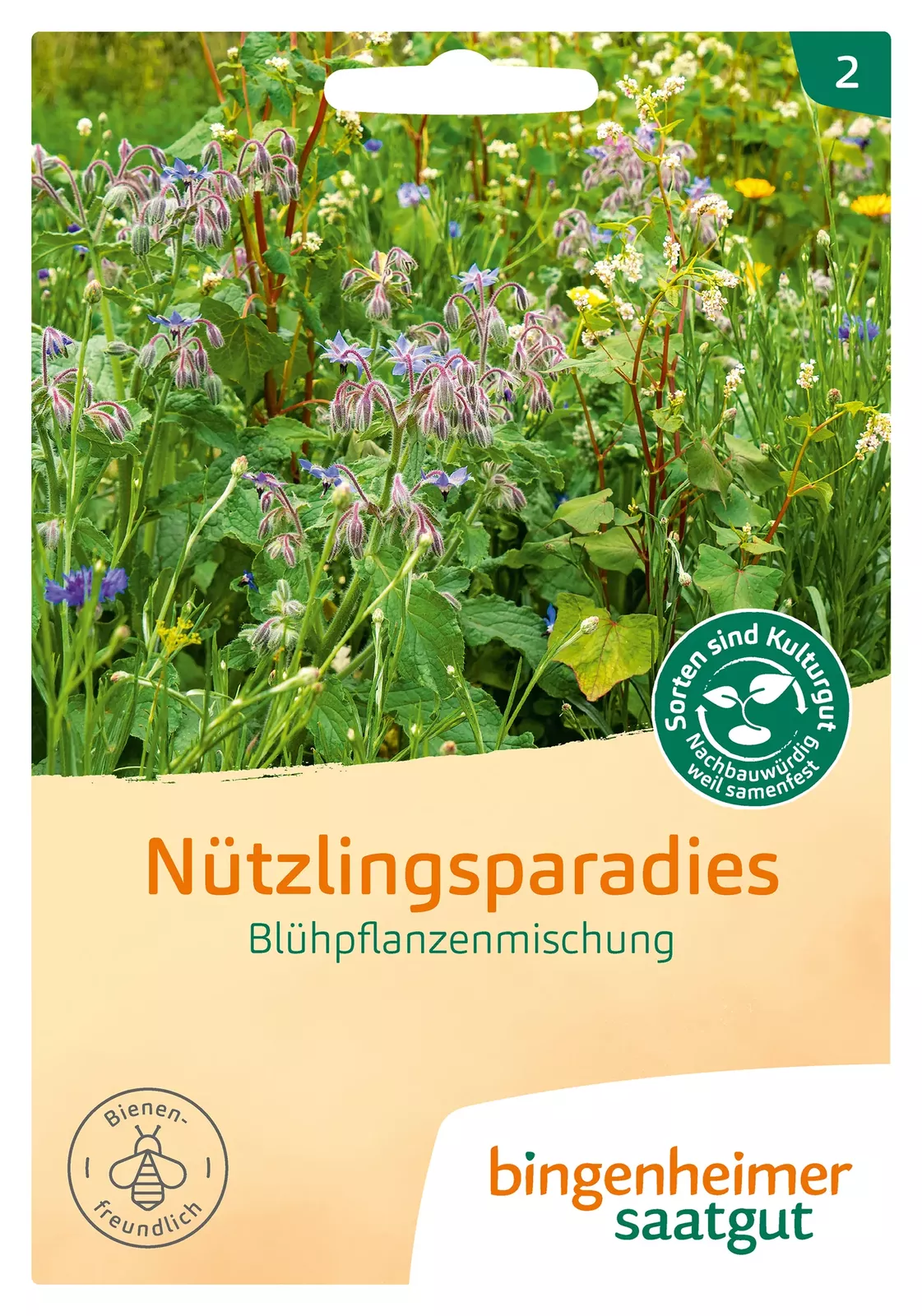What helps against snails?
Snails in the garden: useful & harmful species
Snails in the garden are either without shells (slugs and slugs) or with shells (mostly slugs). Slugs and snails like to help themselves to your vegetables. However, most slug species, which also have no shell, are often beneficial insects. The tiger snail eats other snails and the vineyard snail, which is a protected species, rarely eats crops, but rather dead plant remains.
Snail knowledge
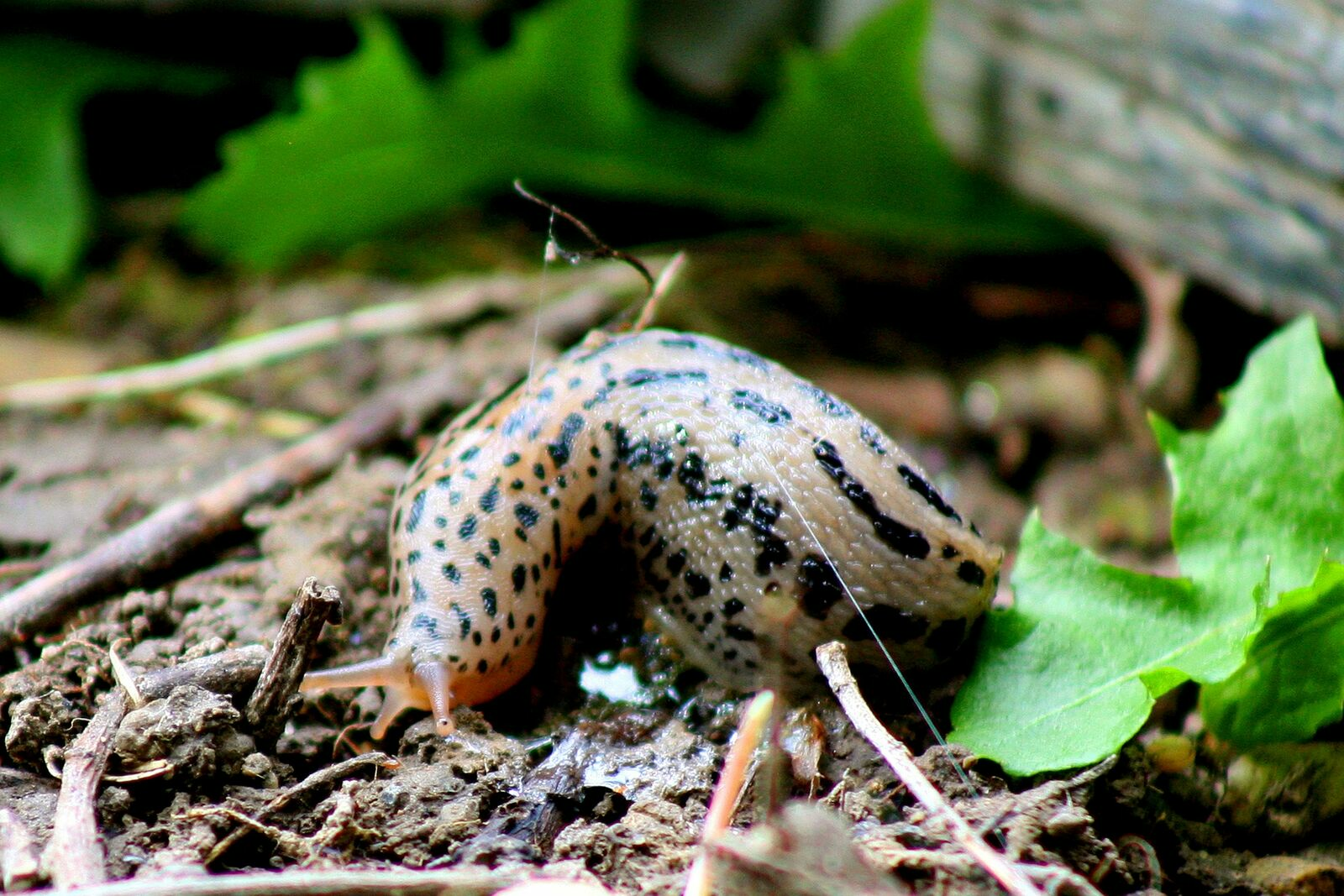
From January onwards, young snails are already on the move in frost-free weather. Slugs feel particularly at home in damp conditions. Traces of slime on gnawed leaves indicate their presence. Wooden boards, tarpaulins or undergrowth are popular hiding places. Snails reproduce rapidly and one snail sometimes lays up to 400 eggs.
What do snails eat?
Snails are omnivores. They feed on leaves, stems, fruit and dead plant parts. Harmful snails, such as slugs and snails, prefer to eat living plants and can thus cause considerable damage. Young plants and vegetables with tasty leaves such as lettuce, chard, cabbage and spinach are particularly popular with snails.
Predators of snails: Runner ducks & other beneficial insects
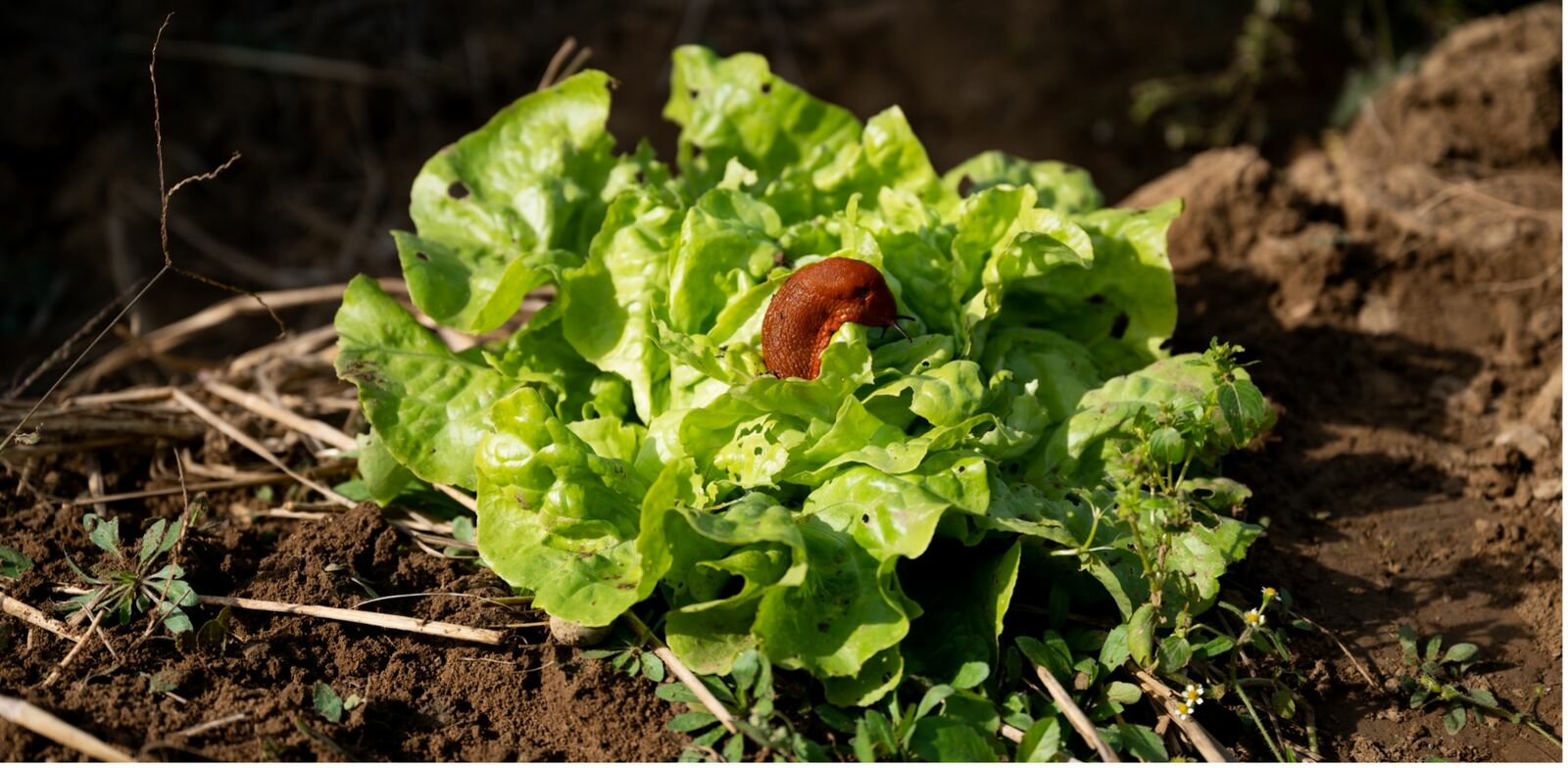
Runner ducks, but also normal duck species and chickens, are very good slug killers. Birds, hedgehogs and toads are also natural enemies of slugs and snails. Nematodes can also help with slug control, but they can also feed on the roots of your vegetables.
Collecting snails
Collecting them is tedious, but very effective. As snails are nocturnal, it is best to search in the early morning, at dusk or after it has rained. Lay out boards or large plant leaves in your garden. The snails will accumulate underneath and you can collect them from there later. Then move them at least 25 m away from your garden.
Slug fencing, household remedies & co: alternatives to slug pellets
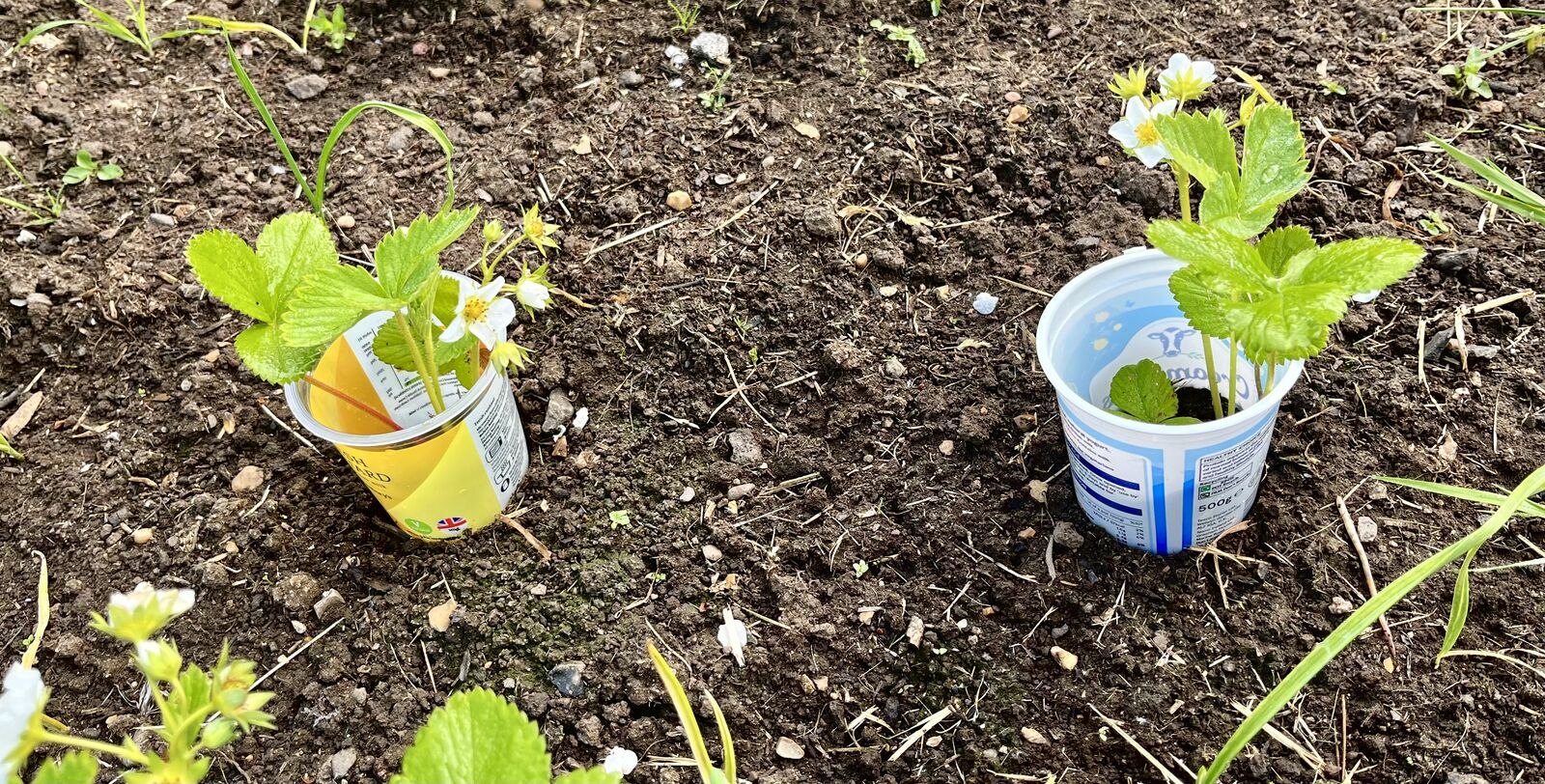
Slug pellets are not only harmful to slugs and snails, but can also cause damage to pets, small children or other wild animals and become dangerous. Instead, use a combination of gentler methods (we do not recommend copper tape and beer traps): - Set up a slug collar or fence - Sprinkle eggshells, rock dust, coffee grounds, sawdust or sand around the plants - Water in the morning so that the soil dries out by evening, making it more difficult for the slugs to move around
Plant dips as snail protection
Homemade or store-bought plant dips can help protect your plants from slugs and snails. To do this, spray particularly vulnerable plants with well-diluted slurry on dry days. However, this method is only recommended for small infestations and must be repeated often.
Snail-resistant plants
- Repellent plants: mustard, nasturtium, fern and tomato leaves - Herbs: thyme, sage and rosemary - Flowers: begonias, dahlias, thistles, stonecrop, funkia, daisies, geranium primroses, peonies and the weeping heart - Bulbous and tuberous plants: Hyacinths, crocuses and daffodils - Woody plants: Hydrangeas and rhododendrons
Snail protection with plants
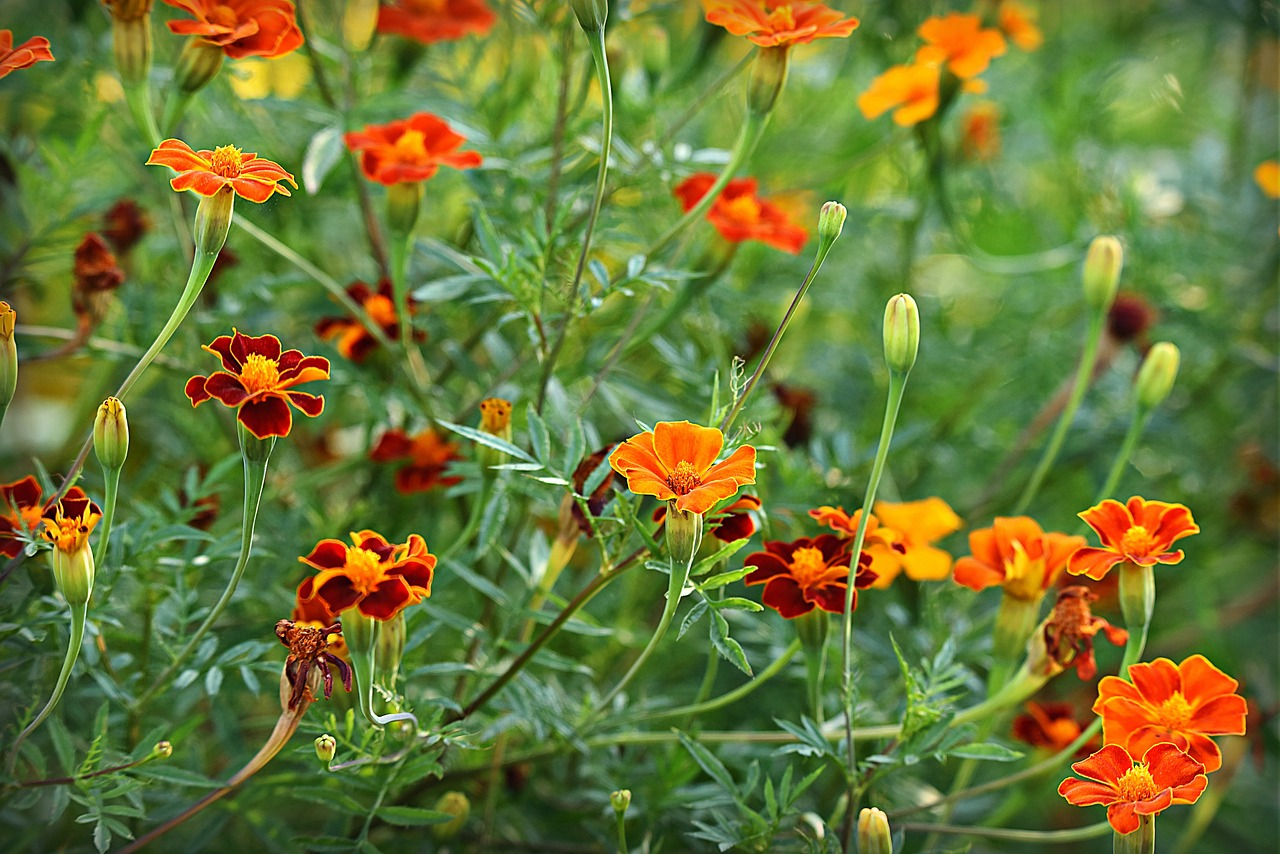
Slug-resistant plants do not necessarily provide protection for other plants in their vicinity, they are more likely to keep slugs away from themselves. Lupins, delphiniums or marigolds, on the other hand, serve as bait plants and attract snails, which means they are more likely to leave other plants alone. Generally speaking, sacrificial plants are a good way of keeping pests away from your plants, which also gives other animals and insects more to eat.
